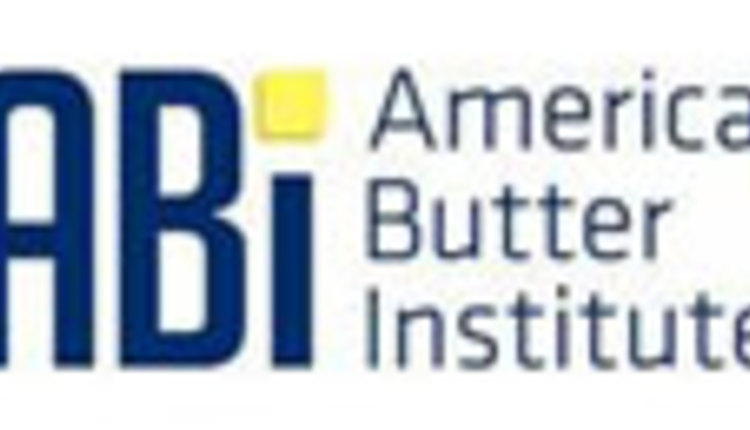
When building a dairy parlour, there are a variety of different materials you can use for walls. Humidity is a big factor due to water use in a dairy parlour. Good options for water resistance would be using concrete, tile, FRP, or Duramax PVC. Each material has its pros and cons, but they all aim to provide a stress-free and hygienic environment for the cows. In this article we will discuss the water resistance, installation, and maintenance of each material.
Maintenance and Hygiene
Bacteria and dirt can be a big issue to a dairy parlour. There has been a correlation with the cleanliness of the dairy facility, cleanliness of the cow, and levels of mastitis. Mastitis, or inflammation to the udders, can be spread through handlers, clothing, and equipment. It is important that the walls and floors are easy to maintain and clean. A smooth, cleanable, light colored surface is optimal for easy maintenance and hygiene.
- Concrete has a smooth surface and can withstand high pressure water hoses, however it is porous and can stain with dirt and bacteria.
- Tile has a smooth surface but gaps between each tile filled with grout.
- FRP (Fiber Reinforced Plastic) panels are commonly used in kitchens, restrooms, and offices, the sheet of FRP has a rough textured surface and rivets which may be susceptible to bacteria hiding between crevices.
- Duramax PVC (Polyvinyl Chloride) is light reflective and has a seamless surface that is easy to clean.
Installation
Installation and labor time can make a huge difference in overhead cost. The amount of work required depends on what material is used and if any time is needed for drying/layering. Each material has a different process that may require additional time or material.
- Concrete blocks do not have any footing so the height is a maximum of 4 feet. A long period of time is needed until the concrete hardens into full strength.
- Concrete slabs can be used by screwing or nailing to the stud walls. The panels would need a paint or tile finish which is an additional few days.
- Tile requires a concrete slab backing due to the wet environment. Adhesive is required on the slabs before placing each tile with spaces between. After 1-2 days the adhesive should dry and then grout is placed between each tile spacing. The grout should dry after 1 day and then grout sealant application.
- FRP Panels requires a backer and adhesive as well. After installing a non-wood backer, apply adhesive and FRP panels with spaces between each panel. Rivets should fasten the panels to the backer and apply trim on the spacing between each panel.
- Duramax PVC require screws to attached onto the wall studs. After applying the first panel, the second panel interlocks using the fasteners. Requires a silicone sealant between each panel to be extremely waterproof.
Water Resistance
Water resistance is a crucial part of keeping a dairy facility clean and mold-free. Water-use, humidity, and an animal habitat are big factors in the environment of a farm. Some materials require sealant or non-wood backings to become completely water resistant.
- Concrete won’t allow water through but since it is porous, water vapor will penetrate. This shouldn’t be a problem as long as there is no wood behind the concrete.
- Tile completely waterproof if sealant is used on grout. However, if tile is cracked, water that enters grout cannot escape.
- Fiber Reinforced Plastic is very water resistant, as long as there is no wood backing, there should not be a problem.
- Duramax PVC is completely waterproof, water vapor cannot penetrate if a silicone sealant is used between panels.
Overall, there are many options for building materials used in a Dairy Parlour. Depending on the size, budget, and overall look, each material has its benefits. Pricing can be a big factor in deciding but don’t forget about practicality and maintenance. The building environment can affect the daily cleaning, cleanliness of cows, and overall milk production.

